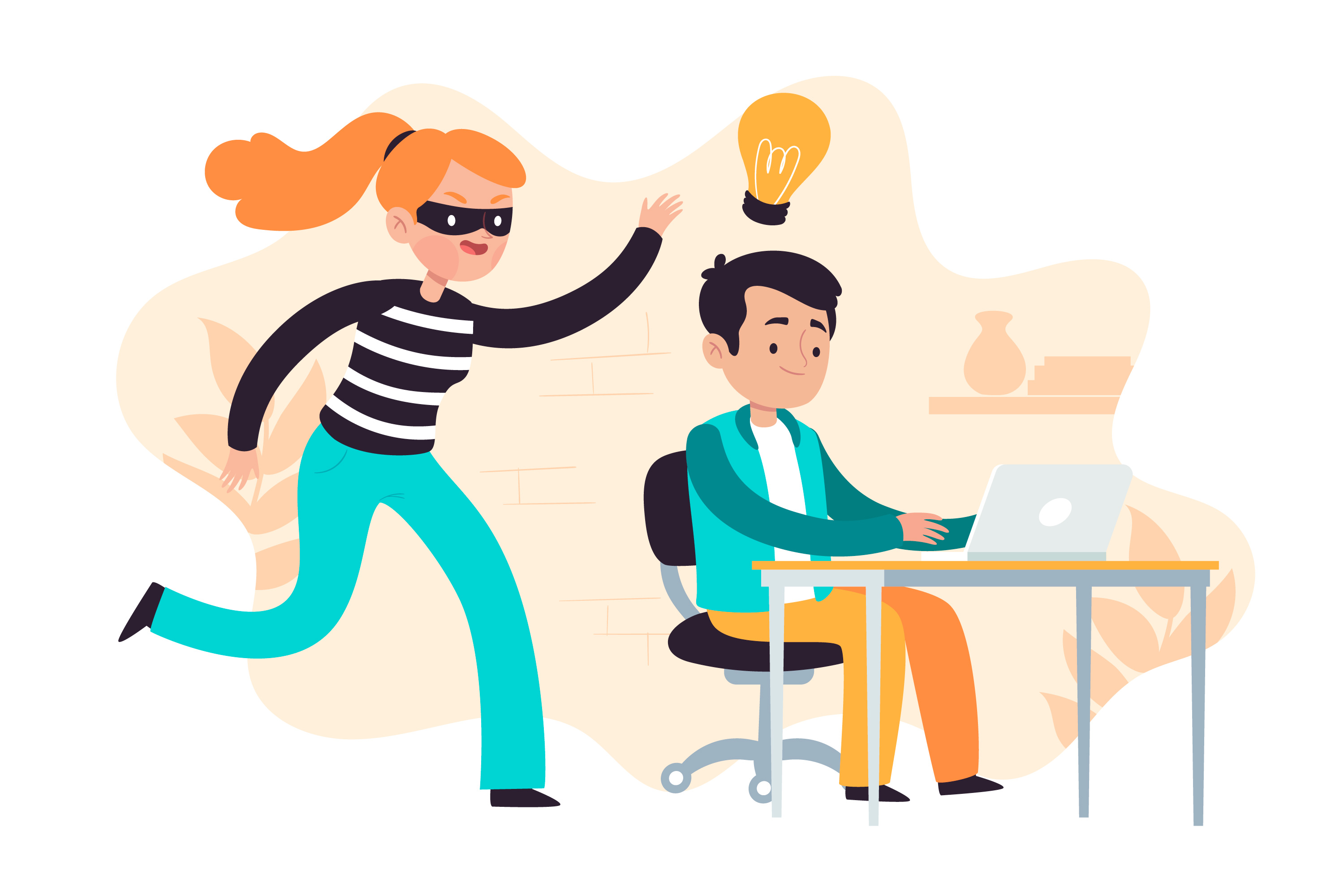Your All-in-One AI-Powered Toolkit for Academic Success.
+13062052269
info@desklib.com
Available 24*7 on WhatsApp / Email
![[object Object]](/_next/static/media/star-bottom.7253800d.svg)
Unlock your academic potential
© 2024 | Zucol Services PVT LTD | All rights reserved.
Your All-in-One AI-Powered Toolkit for Academic Success.
Available 24*7 on WhatsApp / Email
![[object Object]](/_next/static/media/star-bottom.7253800d.svg)
© 2024 | Zucol Services PVT LTD | All rights reserved.
Learn about plagiarism consequences, acceptable percentages, and Desklib's role. Stay within limits with our guidelines and tips

In school, where knowledge is like treasure, plagiarism is a big no-no. It's not just about preventing students from cheating; it's all about promoting honesty and respect for each other's ideas. Plagiarism happens when you borrow someone else's work without acknowledging them. This can have serious consequences, such as damaging your reputation or facing trouble in your academic journey. Now, let's dive into the world of plagiarism percentages and learn what colleges consider acceptable in this academic puzzle with our easy-to-use plagiarism checker.
A plagiarism checker with percentage techniques ascertains a numerical score that corresponds to the extent of non-original material present in a student's scholarly paper. It is of utmost importance to comprehend the significance of this score. For example, a score of 0% signifies the absence of plagiarism, whereas a score of 100% suggests that the entirety of the work has been plagiarised. The majority of academic institutions deem a plagiarism score of 10% or lower to be within an acceptable range. Let us delve into the significance of this numerical value for students.
Academic institutions frequently establish their criteria about permissible levels of plagiarism, yet there exist overarching concepts that are universally applicable. A consensus exists within the academic community that a threshold of less than 10% is generally deemed acceptable, as it accounts for the possibility of incidental similarities. Nevertheless, it is crucial to refer to the policies of your particular university, since several schools may enforce more stringent or relaxed criteria.
Type of Work: The acceptable percentage of plagiarism may be impacted by the nature of the academic assignment. For example, research papers may be subject to more stringent criteria in comparison to creative writing assignments.
Citation Style: The citation style that is employed, including APA, MLA, or Chicago, has the potential to influence the plagiarism score. It is essential to acquaint oneself with the particular regulations of the style that one favour.
Proficiency in Quotation and Paraphrasing: The capacity to accurately cite and paraphrase sources is a critical factor in ascertaining one's plagiarism grade. By appropriately attributing quotations and skilfully paraphrasing, the aggregate percentage can be diminished.

Let's explore these strategies together to ensure you stay within acceptable plagiarism limits:
1. One key strategy is to fully grasp and apply your university's preferred citation style to master citations effectively.
2. Effective paraphrasing involves putting study materials into your own words while preserving their original meaning. We'll work on honing this skill.
3. When it comes to direct quotations, remember that they should be used sparingly. You'll want to enclose them in quotation marks and provide the necessary citations whenever you do use them..
Along with all this proper citation is a must as Citing sources correctly is an important part of academic honesty and helps students find their way through the maze of information. It's not just a formality; it shows that you value their intelligence. When students cite sources, they not only give credit where credit is due, but they also join a conversation that goes beyond time and space. Every reference is a link between ideas and people from different times. It's a nod to the people who came before us and to the varied ways people think. Citations become a sign of maturity in this way, turning students into responsible contributors to the tapestry of knowledge that is always changing.
The free plagiarism checker available on Desklib is a resource that cannot be overstated in importance when it comes to preserving academic honesty. It examines the work in great detail, noting the degree to which it contains plagiarised content and identifying any places that need your attention. The following is a listing of various facts and figures relating to acceptable percentages:
1. A poll conducted among educational institutions found that the majority of schools (90%) regard a plagiarism score of 10% or less to be an acceptable threshold.
2. Students who utilise plagiarism chequers such as Desklib can minimise their first plagiarism results by around 50 per cent via the use of appropriate citations and paraphrasing.
3. According to several studies, students who have an active interest in learning about and preventing plagiarism tend to have greater academic success rates, with an average GPA gain of 0.5 points.
Plagiarism is considered a grave offence within the academic sphere. intellectual institutions enforce strict protocols to maintain ethical standards in intellectual endeavours. It is of utmost importance for pupils to possess a comprehensive understanding of the permissible thresholds for plagiarism. By following these principles, accurately referencing sources, and using online plagiarism checker tools such as Desklib, students may safeguard their academic standing and develop crucial competencies for their next pursuits. The adherence to academic integrity confers advantages to both students and the institutions they are affiliated with. Utilise our free homework help online acquired information in your scholarly pursuits, guaranteeing your achievements while upholding steadfast ethical principles.